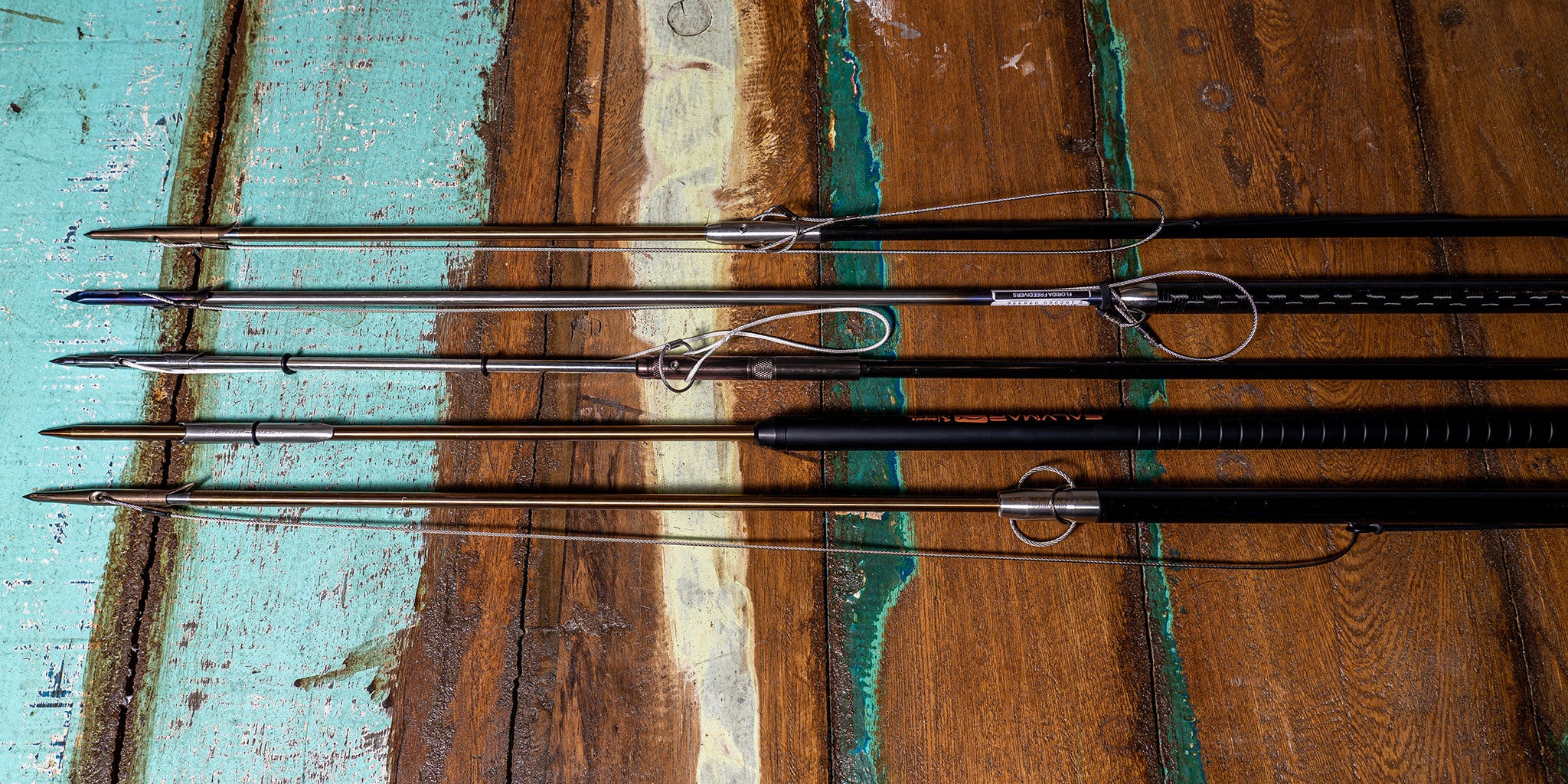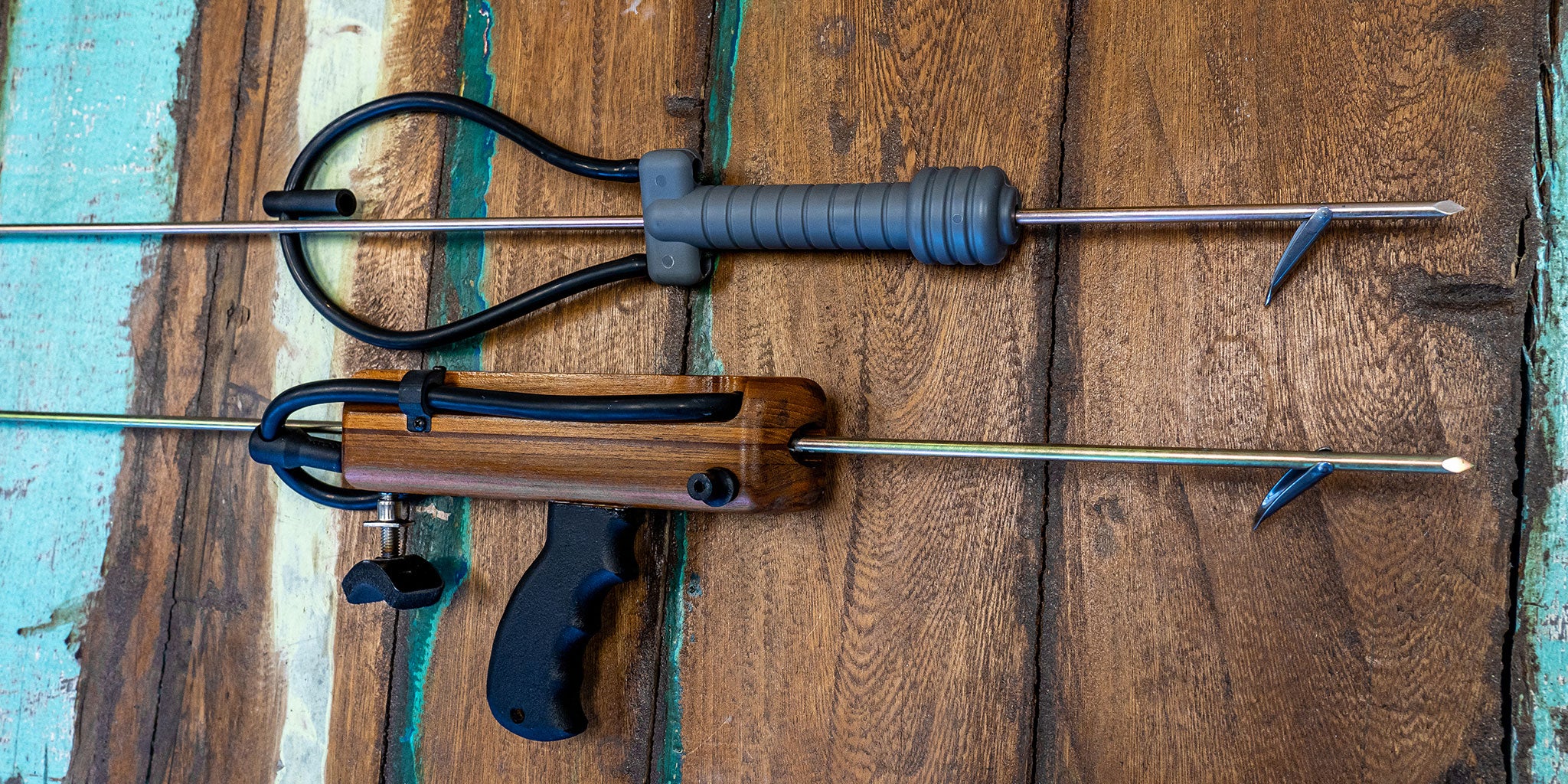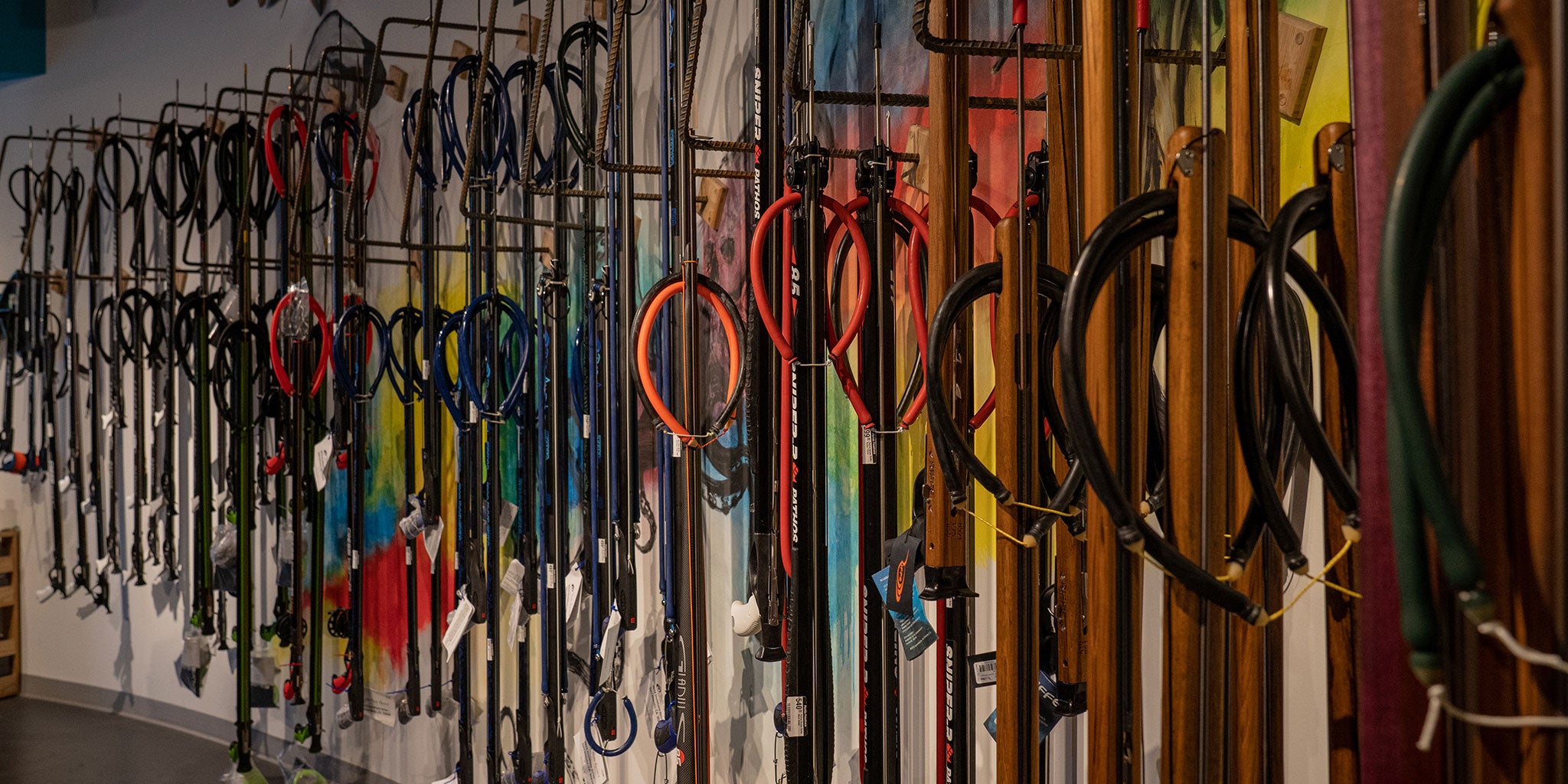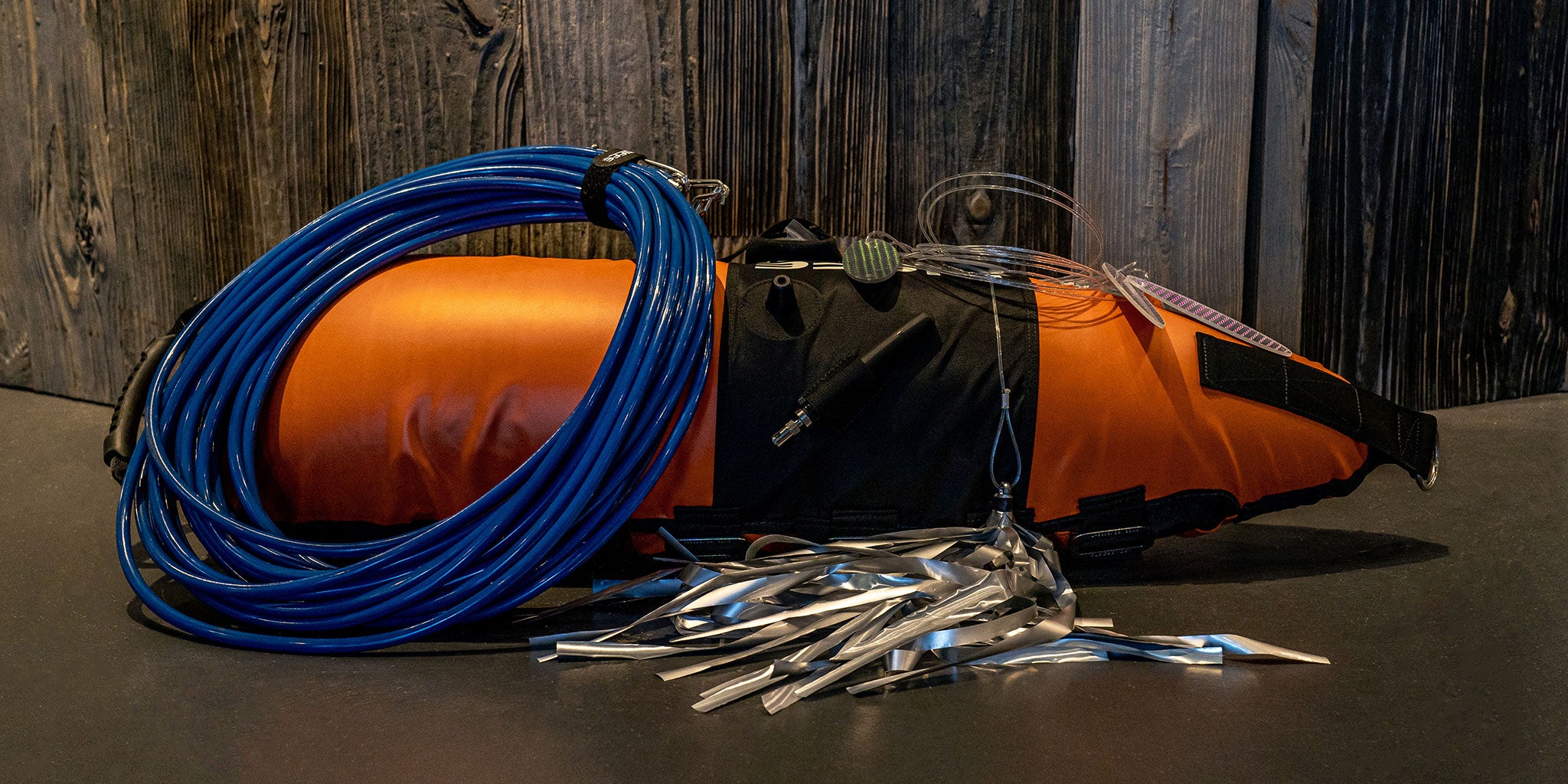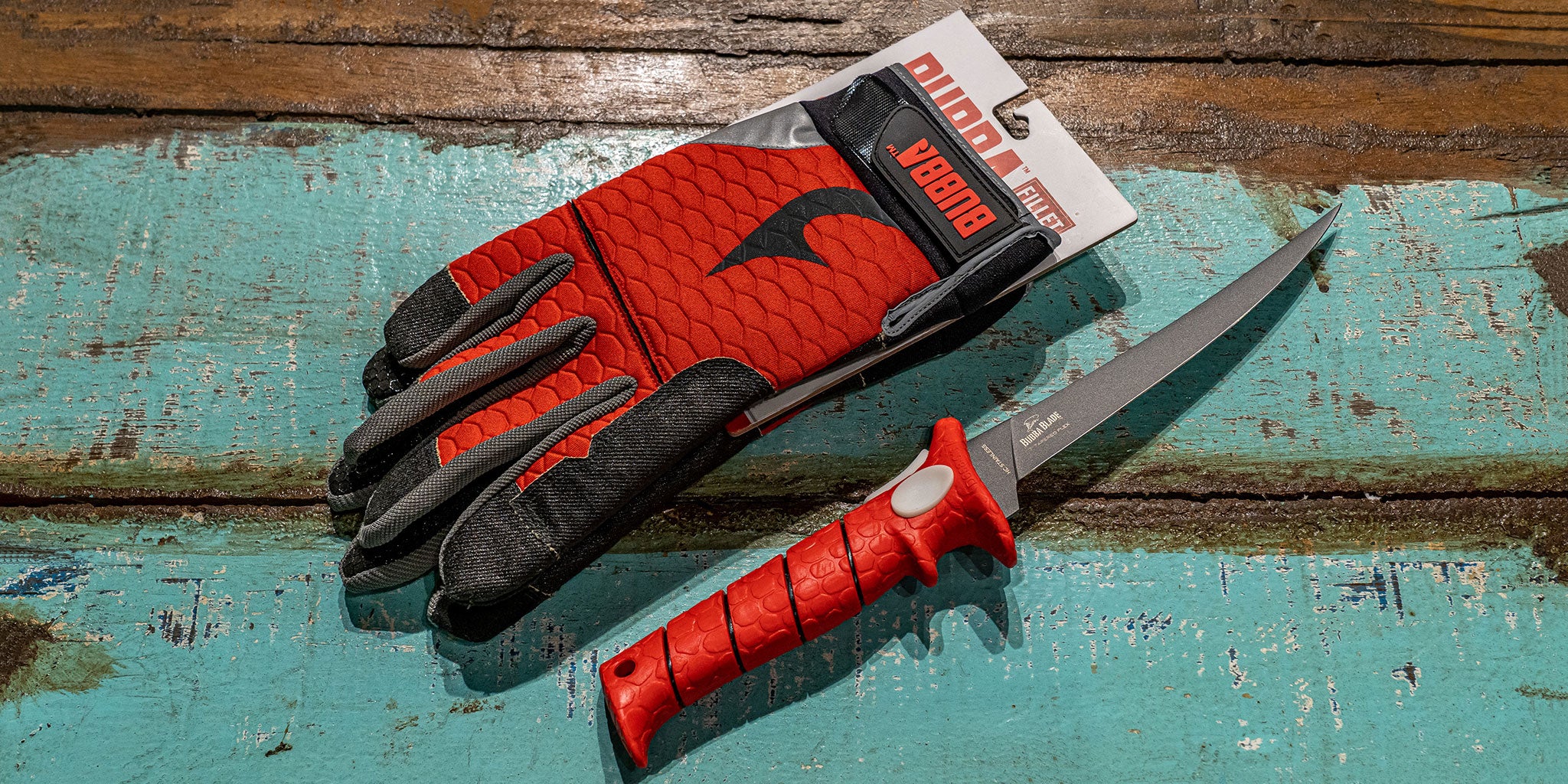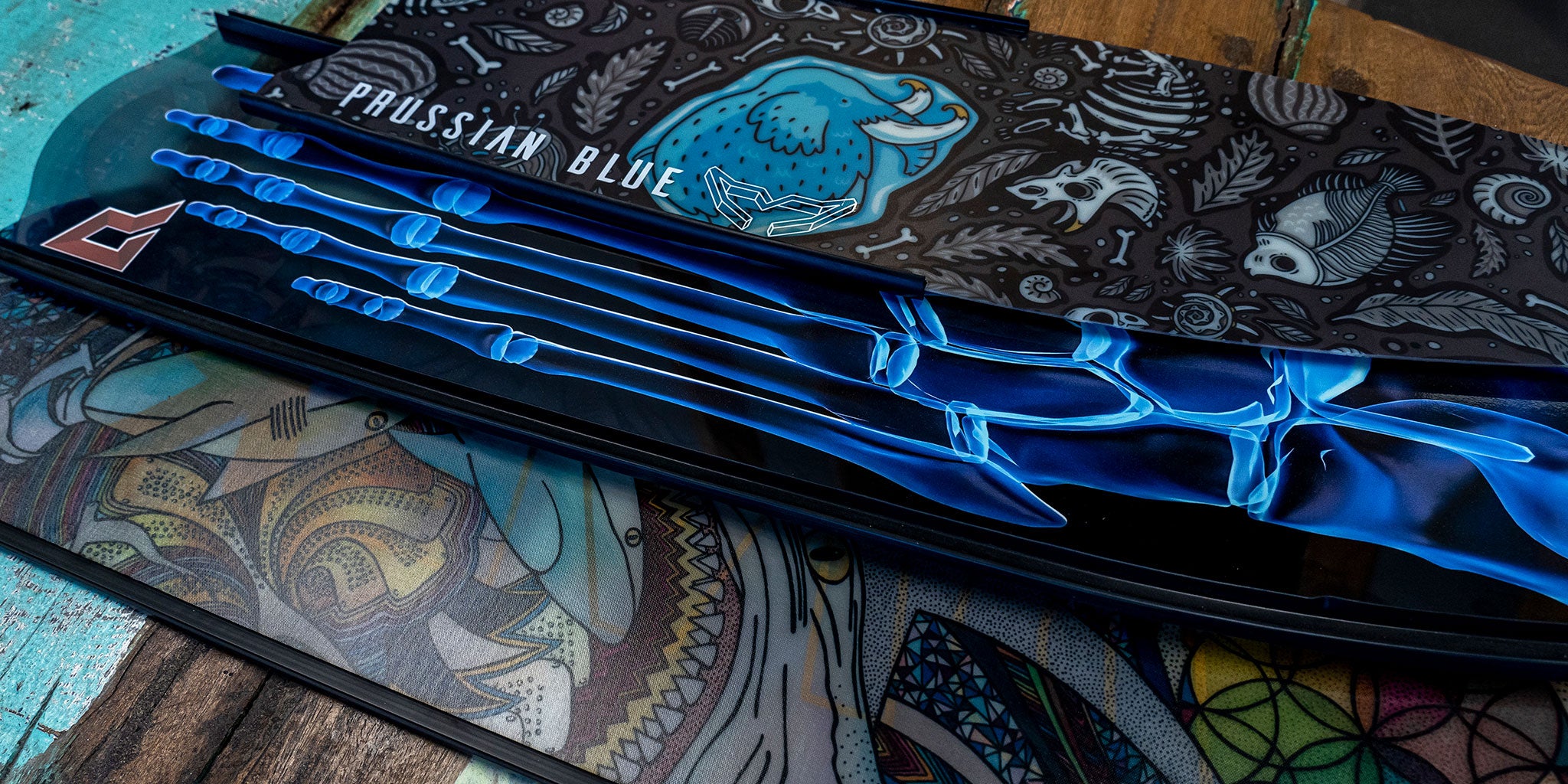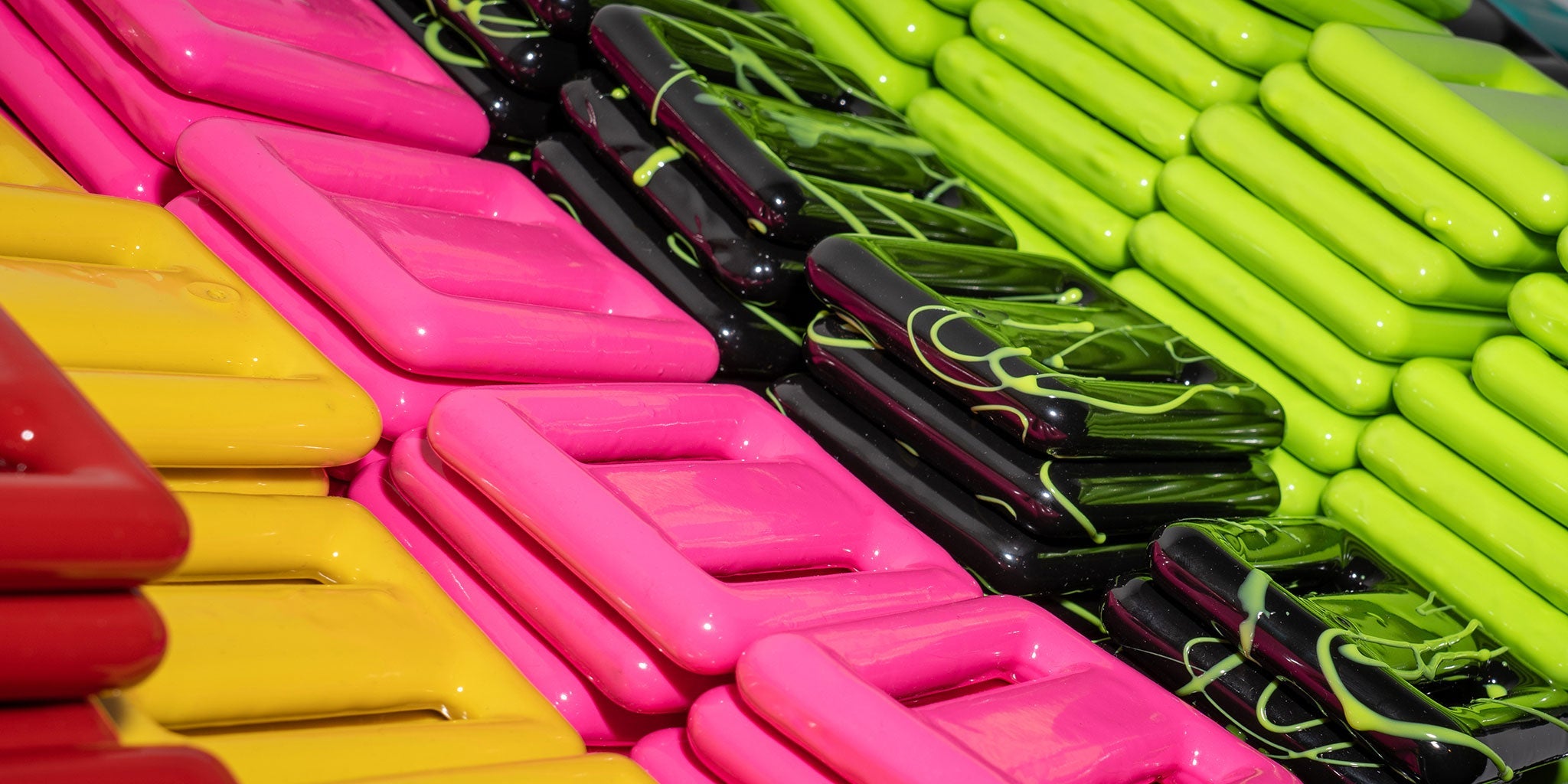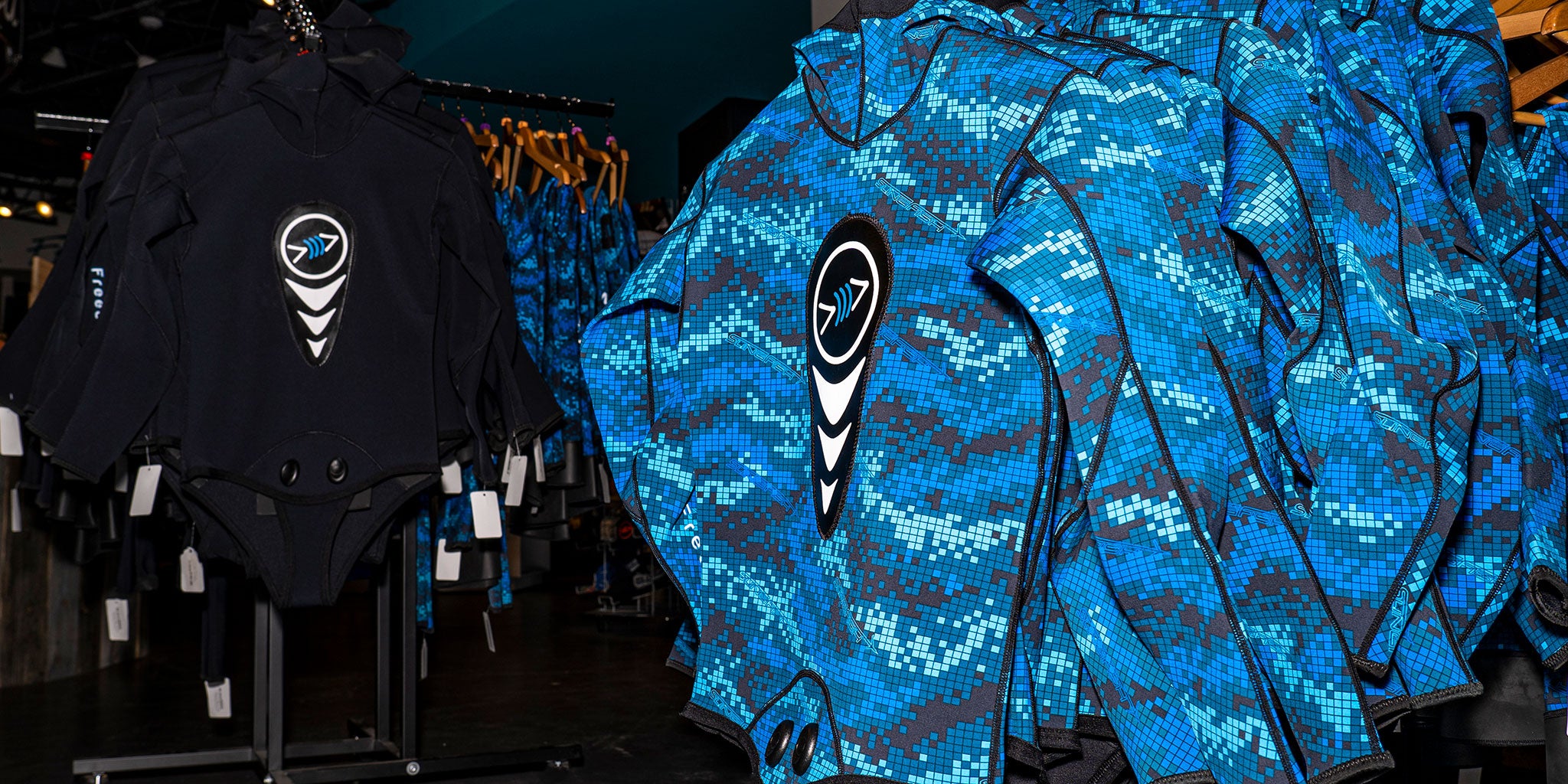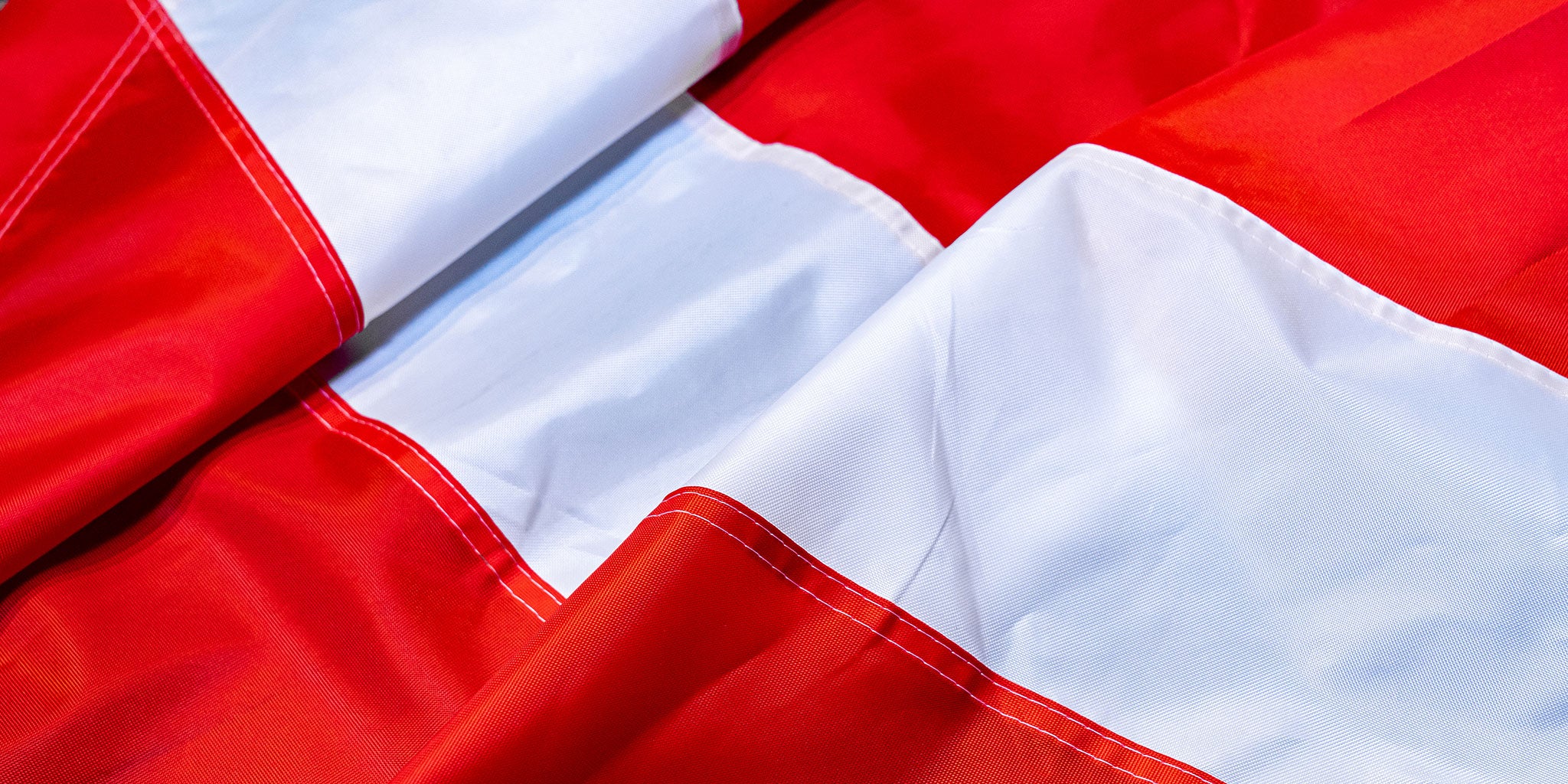Florida Freedivers Takes on Louisiana by Christian Daehler
Diving off the coast of Louisiana was an unforgettable experience—one I hope to enjoy again. The entire Gulf is peppered with thousands of oil rigs, stretching as far as the eye can see. Individually, each rig boasts its own impressive underwater ecosystem. But together, they all form one of the most productive and impressive fisheries I’ve ever encountered.
Each oil rig functions like a vertical reef, teeming with life. Spadefish, mangrove snapper, tripletail, red snapper, sheepshead, drum, and countless others all seek shelter among the rig’s pylons. Meanwhile, the outskirts are patrolled by pelagic predators like jack crevalle, tarpon, cobia, amberjack, sharks, and more.
Just as impressive as the sheer number of fish was their size. A large mangrove snapper by South Florida standards (16 inches) was a runt compared to the 10+ pound Louisiana mangroves we pulled in. The 45-pound cobia that we landed from the surface was considered “not bad” by our local captain. Thankfully, the same couldn’t be said of Louisiana’s sharks. They were much smaller and more docile than the bulls and lemons we’re used to in South Florida, and they didn’t give us much trouble.
However, almost as if the Gulf were guarding its hidden treasures, the conditions around the rigs made diving them both difficult and dangerous. The large support pylons on every rig are encrusted with razor-sharp barnacles. After just three days of diving, each of us had cuts and tears in our wetsuits and skin—some from being slammed into the pylons by strong currents, others from simply running into them in low visibility.
Additionally, the water column itself was layered like an Oreo cookie: clear water sandwiched between dark, murky layers at both the surface and the bottom. Before reaching the clean visibility of the middle zone, we had to first descend blindly through a thick layer of murk. On average, we had less than two feet of visibility from the surface down to about 25 feet. During breath-ups, we couldn’t even see our own hands if they dangled below us. But after mustering up the courage to punch through the murk, we were often greeted with over 100 feet of visibility.
At the very first spot we jumped in, I realized how difficult these conditions would be to dive. How do we follow our one-up, one-down safety protocols and still stay oriented to our diver’s location?
How do we navigate steel pipes covered in razor-sharp barnacles?
How do we know when and where to start our dive?
What do we do if a shark wants our fish?
And how do we learn to relax and breathe up if we can’t even see our hands?
As we grew more comfortable around the rigs, we began to answer these questions one at a time. Safety required a lot of pre-dive communication and planning between the diver and the safety. Blindly navigating the first 25 feet of barnacle-covered structure required a slow, deliberate descent—and a careful scouting of the rig before each ascent. Keeping fish inside the rig, where the sharks seemed uninterested in exploring, helped solve our shark problem. Observing the layout of fish across multiple rigs helped us better plan each subsequent dive. As we slowly found the answer to these questions during day 1, we found ourselves able to relax and start doing more serious dives on the following 2 days.
Ultimately, the Louisiana rigs are among the most incredible places I’ve ever had the chance to spear. But diving them is definitely not for the faint of heart or the inexperienced. Over the course of three days, we learned how to work with the conditions, but there’s still plenty to improve on for our next trip out there. -Christian Daehler
Christian's Gear Picks:
Rob Allen Tuna Spearguns
Murk Crew Flashers
Riffe Float Line
Florida Freedivers Float
Learn to Spearfish with us! Follow this link for more information.


